<b>Hotel</b> Review: Eight Acres, Pahang, <b>Malaysia</b> - Ramble and Wander - Hotel in Malaysia Blog |
- <b>Hotel</b> Review: Eight Acres, Pahang, <b>Malaysia</b> - Ramble and Wander
- Hilton Worldwide to Open New DoubleTree <b>Hotel in Malaysia</b> <b>...</b>
- Interview with tourism executive in <b>Malaysia Hotel</b> insights: Jeffrey <b>...</b>
- Ministry of Design transforms <b>Malaysian</b> shophouses into <b>hotel</b>
- Raffles, Batavia, Majestic: six of the best colonial <b>hotels</b> in south-east <b>...</b>
- Shangri-La <b>Hotel</b>, Kuala Lumpur. Kuala Lumpur, <b>Malaysia</b>. Deals <b>...</b>
| <b>Hotel</b> Review: Eight Acres, Pahang, <b>Malaysia</b> - Ramble and Wander Posted: 01 Aug 2015 10:00 AM PDT
In May this year, I received an email inviting me and a friend to spend a weekend retreat in Raub, Pahang, at Eight Acres, a resort that claims, on its website, to be "A land of raw beauty. A sanctuary for adventure and reflection. A commune with the calm of Nature, and a nursery for a happy soul." So yes, of course, I didn't hesitate much before accepting the invitation and setting the date for my visit despite having to make my way there on my own :) Below is my review of the resort following my weekend stay there. 1. The ResortAccording to TripAdvisor, Eight Acres is a non-rated specialty lodging. Based on Agoda's rating however, it's a rated as 4-star. The resort is located in Raub district of Pahang, in a former durian orchard that is surrounded by oil palm and rubber plantations about 30 km away from the town centre. The name of the resort was derived from, surprise, surprise, the size of the resort compound. ;)
1a. The Reception
My friend Jeff (of Jeff's Travels) and I arrived at the resort just before 2 in the afternoon after taking a taxi from Raub Bus Terminal. The taxi ride took about 45-50 minutes after getting lost for a bit whilst on the way. We turned into a wrong exit and then were not sure about the off-road route that lasted for about 10-15 minutes before we arrived at our resort. There was no lobby or a proper reception area like you'd find in any other typical hotels or resorts but instead we were led to an eco-designed building called The Brick House for a more personalised "check-in" and have our lunch there.
The Brick House is a two-storey building that's built with recycled items and utilises green renewable energy. On the ground floor, there is the communal area called Tatami Hall (the floor is covered with Japanese tatami mats), a dining hall cum a TV/entertainment area, kitchen, restrooms and a sundeck. There are also two guestrooms, called Kampung House, annexed to The Brick House.
1b. The RoomsJeff and I were assigned the Culture Room, probably because we're cultured folks. Okay, maybe not. ;) Anyways, it's one of the two en-suite rooms on the first floor of The Brick House and it is suitable for 4 adults. Its huge window, or rather, glass wall, allows plenty of natural light into the room, making it airy and spacious too. I quite loved it, especially as it comes with an en-suite bathroom.
There are also Renewal Room and Geography Room, the latter with walls and the floor covered in world maps. And then, there is Discovery Room, which has floor-to-ceiling bookcases filled with books on 3 of its walls; and the last one, Surreality Room, another en-suite room, which also has a unique feature albeit probably a bit girlish for guys, heh!
Jeff immediately declared that Discovery Room is his kind of room, whilst I myself was not sure which one to choose. I like the attic feature in Contemplation and also the world maps in Geography. And yes, I like Discovery too. I guess I wouldn't mind staying in any of these 3 rooms the next time I come back here.
Apart from The Brick House, there are also rooms in other buildings and houses. The most exclusive (and thus most expensive one) is Java House, which greets you upon your arrival at the resort on your way to The Brick House; Cascada, that is located right below Java House and close to Cascada, the waterfalls; and Mulberry Place, just next to Cascada, and so named because of the mulberry trees growing right in front of the chalets.
As you can see from the photos, most rooms are furnished rather simple but each however is based on certain unique themes. Overall, the rooms are nicely furnished and comfortable and should be good whether for a family stay or a trip with a group of friends. The mattress and bed are comfortable. Towels and toiletries however are not provided so you'd have to bring your own.
1c. BreakfastEight Acres serves breakfast at The Brick House. It is included in the package, along with lunch and dinner. For breakfast on our second day, we had home cooked nasi lemak. We had plenty of vegetables and fresh fish that came from the ponds in the compound during two other meals. BBQ dinner was also a highlight of the stay.
1d. Internet AccessThere is no Wi-Fi at Eight Acres as it would defeat the purpose of disconnecting with your everyday world and reconnecting with your own self and nature. Mobile phone coverage is also a bit limited.
1e. Other Facilities
Eight Acres does not have any business centre, swimming pool, a gym nor any in-house restaurant. What it does have however is everything else that would allow you to enjoy the very best of nature that surrounds the resort.
You can walk around the compound to enjoy the greeneries it offers. Mr. Kam (or Uncle Kam as he would like us to call him), who is the father of the resort owner and also works as the resort manager, enjoys nothing more than walking around the resort compound with his guests during The Amazing Trail, showing and explaining simple but new things to us city dwellers. Things like name of trees and their uses, and maybe some history about them as well, like the legend of Tualang tree. Just ask Uncle Kam, and he'd be more than happy to tell you stories.
Along the way, you'd watch fellow earthlings like ducks, geese, and chicken roaming the area freely. You can feed them, of course, like you can feed the fish in 4 fish ponds that are located next to The Brick House. You can even learn how to paddle board in one of the ponds, if you fancy getting wet. :)
Other free things that you could do here include cycling and pony riding. You can also stay indoors and play various board games in Tatami Hall but if you want to try something different and perhaps more traditional, ask for traditional games of main guli (marbles), gasing (spinning top), or even baling selipar (throwing a slipper to a stack of slippers). We spent an afternoon playing the traditional games before doing other activities.
And then of course, there's the small waterfall called Cascada in the compound too in case the weather gets too hot for you. In the evening and after dinner, you can enjoy a quiet time reading, or you can continue the bonding activities by chatting or playing board games while watching the stars in the sky. Indeed, you might just be tempted to spend your night lying down on the sundeck stargazing as there is practically no light pollution at all at the resort.
1f. Other Activities
Apart from the above, there are also other activities that can be had at additional cost. Being a popular destination for corporate clients to send their staff for some team building courses, Eight Acres also have facilities for activities like wall climbing, abseiling, flying fox, ATV rides and even archery! We managed to try the ATV ride, the flying fox (fun - in hindsight only, haha!) and archery while we were there.
Also not to forget – although this is definitely not in the same group of activities like others above – as the resort is built on a former durian orchard, there are still plenty of durian trees around. You can pick up fallen durian and eat lots of them if you're there during the season. And they do have Musang King, D24 and kampung durian, the best types of durian around, over there at the resort. Jeff and I just listened to this information with a bit of frustration, mainly because it wasn't durian season when we were there.
[It is currently durian season, and they are offering a Durian Festival package with an all you can eat durian on top of lodging and full board. This, honestly, is soo tempting!] 2. Where to EatAs mentioned above, while there is no in-house restaurant at Eight Acres, all the 3 main meals and snacks are included in the package. As the resort is located way inside a plantation area, there is no restaurant nearby either. Outside food are not recommended/ encouraged to be brought inside the resort. 3. Getting AroundHow to get there: Interesting places nearby, if any: The idea is to enjoy the place and nature whilst you're there. The town of Raub however is about 30 km away and might offer something different and unique too (e.g. famous tofu and peanut factories which you can visit), you might want to consider dropping by the town either whilst on your way to or from Eight Acres. Personally however, I'd try to maximise my time at the resort itself. Remember what I wrote earlier about what they claim on their website?
Frankly, they're everything they claim to be.
A Thank You & Disclosure Note I would like to thank Eight Acres for the arrangement to stay at the resort. The sponsorship however has in no way affected my review of the resort. You can also read Jeff's review on Eight Acres here.
Loading... | |||||||||||||||||||||||||||||||||||||||||||||||||||||||||||
| Hilton Worldwide to Open New DoubleTree <b>Hotel in Malaysia</b> <b>...</b> Posted: 16 Jun 2015 02:21 PM PDT June 16, 2015 By: Newswire
Hilton Worldwide announced the company will be opening another Malaysian location in 2016. DoubleTree Resort by Hilton Penang will be located near the UNESCO World Heritage site of George Town. The company expects to renovate the existing building's exterior, as well as rooms, suites and public facilities. The Penang location will feature 318 ocean-and-courtyard-view rooms, complete with private balconies. Guests will be able to choose from three onsite gourmet restaurants and bars, including an all-day restaurant, a lobby bar and a café. The new resort will also feature meeting and event spaces, an outdoor pool and a children's recreational area. Guests staying with DoubleTree Resort by Hilton Penang will also get to experience the surrounding city. The hotel will be located just 15 kilometers from George Town and next to Jalan Batu Ferringhi, a popular destination for nightlife, dining, shopping and walking along the beach. Visit http://doubletree3.hilton.com/en/index.html | |||||||||||||||||||||||||||||||||||||||||||||||||||||||||||
| Interview with tourism executive in <b>Malaysia Hotel</b> insights: Jeffrey <b>...</b> Posted: 27 Jul 2015 08:13 PM PDT eTN News: Original, timely global, travel, tourism, business updates - opinion included: Jeffrey Mong, the general manager at YTL's iconic Majestic Hotel (Kuala Lumpur's answer to Singapore's Raffles Hotel or Hong Kong's Peninsula), has been running a good race within the group for the past 16 years. Finding himself at the helm of one of Malaysia's leading hotels is not a challenge he takes lightly. Sitting down for an afternoon cup of tea, in the historic colonial wing of The Majestic, Jeffrey told me he had just returned from Bath in England where he was involved in the opening of another of the brand's iconic hotels, The Gainsborough Bath Spa. As we sipped our respective teas he reminisced about his earlier days, starting out with YTL at the Vistana in Penang and gradually becoming a sort of troubleshooter manager for the company. Gaining impressive knowledge and experience in a relatively short time, Jeffrey would be sent in to "open" a new hotel - a daunting task in its own right. While opening a hotel in Sabah-Borneo on Gaya Island, there were many obstacles and deadlines that were not being met along the way. Turing the negative in the positive, Mong, who had a little free time on his hands, was sent to Niseko Village in Hokkaido, Japan, to oversee the opening of a ski lodge hotel which had just been taken in under the YTL wing and was in need of a diplomatic, transitional manager to bridge a cultural gap. Jeffrey was the man and management decided it would be wise to send him while awaiting Gaya's delayed opening. Jeffrey garnered immeasurable experience during his Japanese experience and brought it back to Malaysia. "Dance with the best and partner with the best" is how Mong describes the relationship struck up with "Leading Hotels of the World." With only two hotels in Malaysia, Mong is confident that the relationship with Leading Hotels can be beneficial to The Majestic and afford it a unique window on the world. When asked about the advent of new hotel groups entering the Malaysian market, he took that to be a win-win situation all around. A new St. Regis is set to open its doors a few hundred meters away at KL Sentral alongside Hilton and Le Meridien that both have well-established properties inside the loop. "There is a market share for all concerned, and the new hotel will only serve to enhance the area," mused Mong. All told, Mong is at the helm of an iconic property - after all The Majestic is a Malaysian icon. | |||||||||||||||||||||||||||||||||||||||||||||||||||||||||||
| Ministry of Design transforms <b>Malaysian</b> shophouses into <b>hotel</b> Posted: 28 Jun 2015 11:00 AM PDT Both original geometric tiles and contemporary machine-milled latticework decorate the reception of this boutique hotel in Penang, Malaysia, which occupies a row of traditional shophouses (+ slideshow).
Singapore-based architecture firm Ministry of Design was tasked with creating the hotel in Penang's George Town – a UNESCO World Heritage Site featuring a mix of colonial-style architecture. Built in 1919, the structure previously contained five shophouses but has now been converted into a series of contemporary guest suites.
Shophouses are a building typology that is common in cities across south-east Asia, where owners traditionally lived above their shops. They typically comprise a shopfront that opens directly onto the street and apartments arranged over one or two storeys above. Loke Thye Kee Residences retains this traditional format, with the street-level facade divided into units and fronted by a colonnaded walkway. Signs above the doorways of the ground floor suites give the impression that they are still actively trading.
According to Ministry of Design director Colin Seah, the configuration of traditional shophouses lends itself to hotel conversions as the units are already appropriately sized for residential occupancy. "The upper levels of shophouses were traditionally used as residential dwelling spaces, so the width and dimensions of each shophouse bay is well suited for the hotel or serviced apartment typology," Seah told Dezeen.
The restoration of the block of shophouses involved completely replacing the roof and floors, although the main structure remained in good condition.
The articulation of the windows and doors on the street frontage and its period ornamentation were retained to preserve a visual connection with the building's heritage.
At the rear of the shophouses, a small alleyway that passes beneath a row of arches now provides access to private gardens outside guest rooms on the ground floor, and staircases leading to a balcony and the first-floor rooms.
In the reception area, an original geometric tiled floor is complemented by the machine-milled pattern applied to latticework that covers the ceiling and one wall. Elsewhere, original tiles were preserved wherever possible, or replaced with similar designs. "The latticework was inspired by the intricate tile patterns that are typical of the shophouse typology," said Seah. "The idea was to continue the tiling pattern three-dimensionally, but in a more abstracted and subtle way."
Inside the rooms, existing brick walls were left exposed to provide a textural contrast with the modern furniture, including glass wardrobes, chrome mirrors and cantilevered desks. "The piece de resistance for the interiors was the original brickwork party walls," said Seah. "They provided lovely texture and a foil against which we placed our modern and sleeker interventions."
Ministry of Design also recently added a contemporary extension to a 100-year-old building nearby, echoing the same profile and materials from in the original structure in the new addition. The firm described this as a "cookie cutter" approach. The renovation and conversion of the shophouses was tackled with a similar attitude – with a focus on the balance between retaining integral original features and introducing details that make the spaces appropriate for modern living. Seah said he was influenced by the decor of Penang in the early 20th century, and particularly by the 100-year-old Loke Thye Kee restaurant next door, which is being redeveloped by the same owner.
"We believe that heritage isn't just a moment in time rooted in the past, but that it is a continuum of time," he claimed. "Armed with this philosophy, we sought opportunities to create this sense of a continuum and dialogue between the past, present and future." "We feel that this contrast allows the old to not feel distant or historic, but living and connected to the present," he added. Other shophouse conversions completed in recent years include a pair of live-work units in Bangkok and a house and a swimming pool in Singapore. Related story: The Pool Shophouse by FARM and KD Architects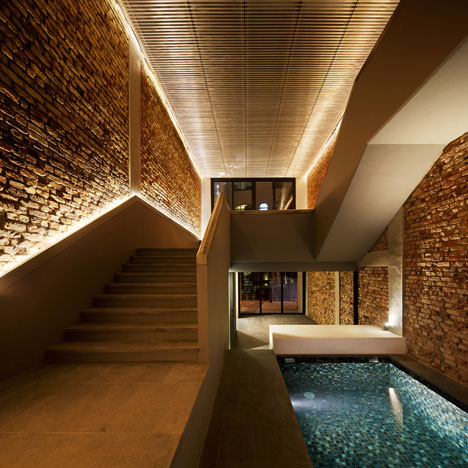 Architecture studios FARM and KD Architects have converted a 1920s shophouse in Singapore into a residence with a swimming pool stretched along the ground floor. More » More from Ministry of Design :
Posted on Sunday, June 28th, 2015 at 7:00 pm by Alyn Griffiths. See our copyright policy. Before commenting, please read our comments policy.  Sign up for a daily roundup newsletter includes the best stories and comments from readers plus new jobs, competitions, movies and more. Our new book features 45 conversations with leading figures in architecture and design from around the world. | |||||||||||||||||||||||||||||||||||||||||||||||||||||||||||
| Raffles, Batavia, Majestic: six of the best colonial <b>hotels</b> in south-east <b>...</b> Posted: 24 May 2015 07:58 PM PDT English afternoon tea at the Majestic in Malaysia. Photograph: Supplied You might expect all vestiges of colonial life to be slowly fading from Asia's modern, busy cities. But instead elements of those days, particularly the ones relating to the tourist trade, are being recreated, preserved and celebrated. If you are travelling on a budget, many of the region's colonial-era hotels may seem prohibitively expensive but you can still get a taste of days of yore, should you wish to, in a hotel bar with an afternoon gin and tonic or taking high tea in a hotel lounge. The Majestic Hotel, Kuala Lumpur, Malaysia Modern Kuala Lumpur is like any big developing Asian city: malls, traffic, more malls, street hawker stalls, Chinatown, nice bit where diplomats live, shiny towers, malls … But there's a pocket of KL that will be forever England.  High tea at the Majestic Hotel in Malaysia. Photograph: Brigid Delaney/The Guardian. High tea at the Majestic Hotel in Malaysia. Photograph: Brigid Delaney/The Guardian. Arriving at the Majestic Hotel – built in 1932 and recently refurbished – is like stepping into a Somerset Maugham novel. There's a smoking room, where guys in linen suits (seriously!) light up, play pool and drink whisky; there's a screening room that shows black and white movies from Hollywood's golden age; and in the suites there are deep, lovely clawfoot baths where you can wash away the humidity and sweat of life in the hot zone. During my stay at the Majestic (a 51-room hotel that combines neoclassical and art deco style), every afternoon the lobby was full of people enjoying English-style high tea – with plates of cakes, scones and pots of tea. Being serendaded by the piano "takes guests back to 1932", one of the staff told me. 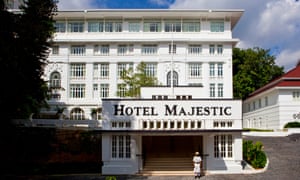 The Majestic Hotel, Kuala Lumpur. Photograph: Roderick Eime/flickr The Majestic Hotel, Kuala Lumpur. Photograph: Roderick Eime/flickr Galle Fort Hotel, Galle, Sri Lanka Galle, the capital of the southern part of Sri Lanka, is a Unesco world heritage site, and the Galle fort was built by the Portuguese in 1588 then fortified by the Dutch during the 17th century. Many of the Portuguese- and Dutch-era buildings have been restored and renovated, but one of my favourites is the Galle Fort Hotel. Restored to its former glory, the hotel is one of the pricier places to stay in town (up to $320 a night in peak season) – but you can soak up the vibe simply by having a G&T in the hotel's bar, which is a pleasant porch area out the front where you can sit amid the tropical blossoms and watch the street life pass by. Cafe Batavia and Hermitage Hotel, Jakarta, Indonesia Colonial Jakarta is a crumbly mess: beautiful old buildings with white cracked paint and trees growing out the windows; boarded-up windows and creaky narrow staircases where ravens now nest. It's as if the city doesn't have the heart to tear down the old buildings but lacks the money to restore them. There is one notable exception – Cafe Batavia. Originally built circa 1805-1850 as administration offices before becoming an art gallery in 1990, an Australian, Graham James, bought it in 1991 and reopened it as Cafe Batavia in 1993. There are black and white pictures all over the walls, an old piano and historical trinkets. The food is a pricey by Indonesian standards but the atmosphere is like stepping back in time. If you want to stay at a heritage hotel in Jakarta, then the Hermitage Hotel is a welcome change from many of the capital's gleaming chain hotels. Situated in the historical district of Menteng, in central Jakarta, the hotel is in an art deco building from 1923 that was once a Dutch Telecommunications office. 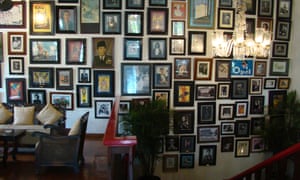 Cafe Batavia in Jakarta. Photograph: Brian Giesen/flickr Cafe Batavia in Jakarta. Photograph: Brian Giesen/flickr Mesa Stila, Central Java, Indonesia On the grounds of a coffee plantation, surrounded by a ring of active volcanos, Mesa Stila in Central Java is strange, almost otherworldly place. Now branded as a health and wellness resort, with an excellent spa, it's buildings and furniture hark back to Dutch colonial times. In the central lobby, ceiling fans, wide day beds, a large verandah and a piano all add to the colonial vibe and afternoon tea is served daily. The hotel was a favourite of the former Indonesian president Susilo Bambang Yudhoyono and only a few hours away from the incredible Borobudur temple complex. 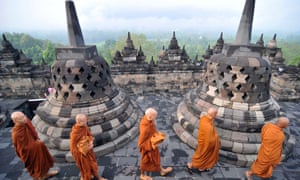 Just down the road from Mesa Stila … Buddhist monks pray at the Borobudur temple during the Vesak festival in Magelang, Central Java. Photograph: Clara Prima/AFP/Getty Images Just down the road from Mesa Stila … Buddhist monks pray at the Borobudur temple during the Vesak festival in Magelang, Central Java. Photograph: Clara Prima/AFP/Getty Images Strand Hotel, Rangoon, Burma The Strand's website declares it was named "the finest hostelry East of Suez" by John Murray in his Handbook for Travellers written in the early 20th century. Built in 1901, the three-storey, five-star hotel boasts that it's one of south-east Asia's "few grand colonial hotels and one of its most awe inspiring". All the rooms were booked out when I visited Rangoon a few months ago (you need to book a long way in advance – there's a shortage of hotel rooms in the capital) but there were plenty of seats at the bar. Make sure you bring your copy of George Orwell's Burmese Days to complete the experience. 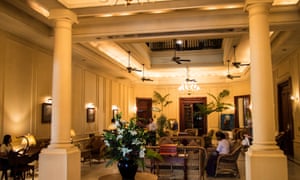 An old favourite of Orwell … the Strand Hotel in Burma. Photograph: Shaun Dunphy/flickr An old favourite of Orwell … the Strand Hotel in Burma. Photograph: Shaun Dunphy/flickr Raffles Hotel, Singapore Raffles is a colonial icon – famous for its liveried Sikh doormen and its Singapore Sling house cocktail. Open in 1887, Raffles Hotel Singapore is a prime example of colonial architecture, boasting period furniture and a tropical garden. High tea is popular at Raffles – and you're encouraged to book ahead. It's the usual fare of cakes and crustless sandwiches served on a three-tiered stand, in the beautiful Tiffin Room. While you nibble on your sandwiches, a harpist plays in the background. One thing I noticed at high teas at both the Majestic and Raffles that would have been unheard of in Maugham's day: pretty much everyone, at every table, photographing their food. Rex Hotel in Ho Chi Minh City, Vietnam Metropole, Hanoi, Vietnam Majestic Malacca, Malaysia The Mandarin Oriental, Bangkok, Thailand Peace Hotel Shanghai, China The Peninsula, Hong Kong Grand Hotel d'Angkor in Siem Reap, Cambodia The Imperial, New Delhi, India 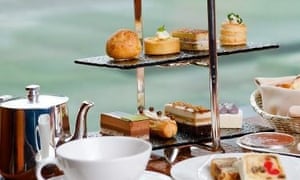 High tea at the Peninsula in Hong Kong. Photograph: finedining indian/flickr High tea at the Peninsula in Hong Kong. Photograph: finedining indian/flickr | |||||||||||||||||||||||||||||||||||||||||||||||||||||||||||
| Shangri-La <b>Hotel</b>, Kuala Lumpur. Kuala Lumpur, <b>Malaysia</b>. Deals <b>...</b> Posted: 27 Oct 2010 09:06 PM PDT We select, you rate. Ratings are on a 20-point scale, and they're based on feedback from verified Tablet guests. If a hotel's rating falls below 16, it's gone — so your post-stay review is actually our most important quality-control tool. Ratings Breakdown | |||||||||||||||||||||||||||||||||||||||||||||||||||||||||||
| You are subscribed to email updates from Hotel in Malaysia - Google Blog Search To stop receiving these emails, you may unsubscribe now. | Email delivery powered by Google |
| Google Inc., 1600 Amphitheatre Parkway, Mountain View, CA 94043, United States | |


























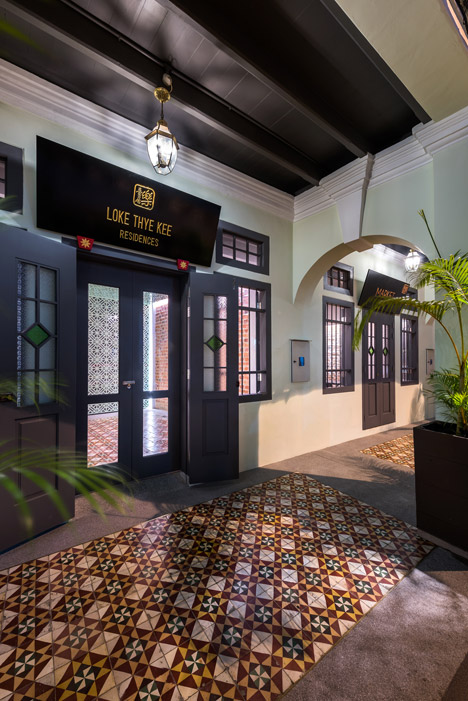
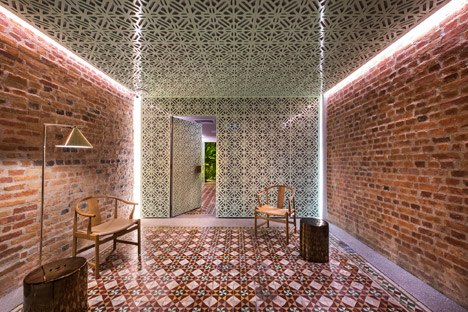
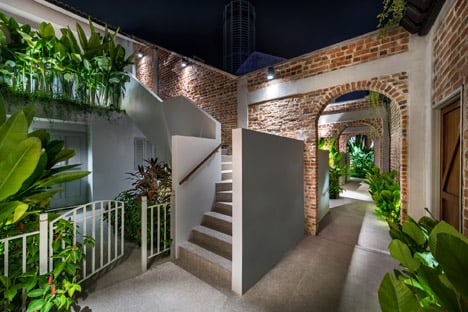
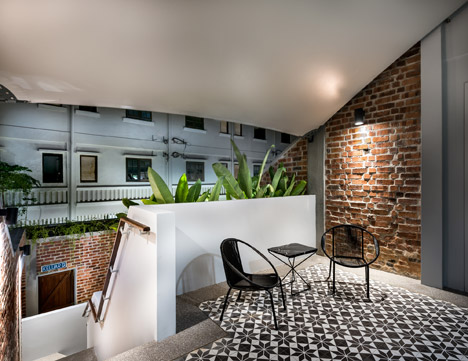
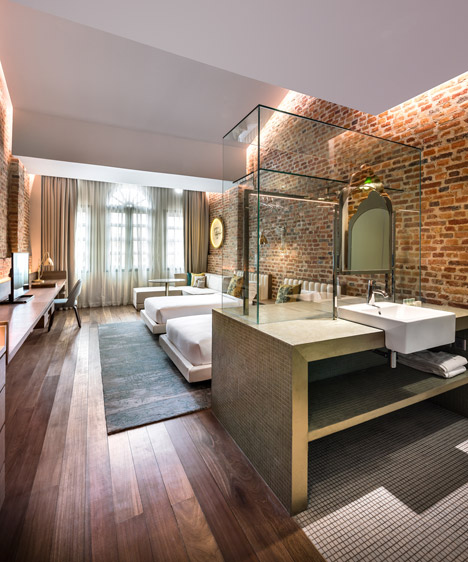
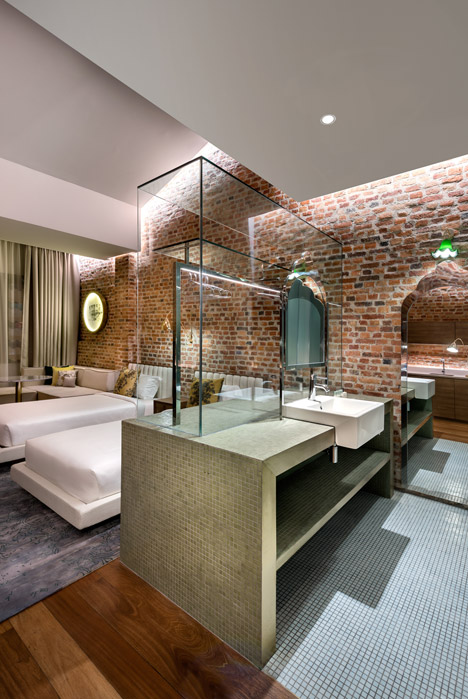
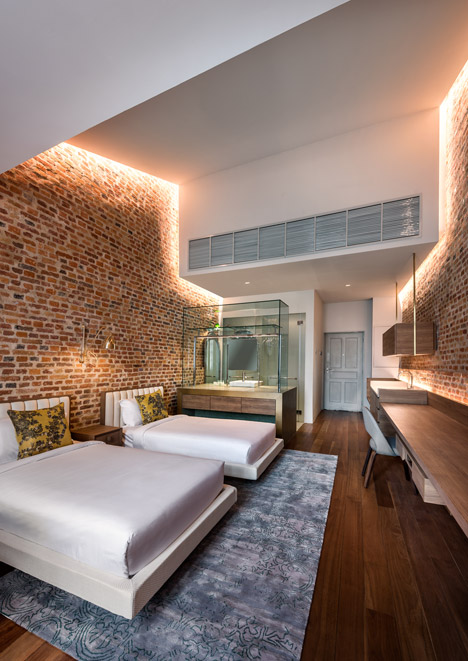
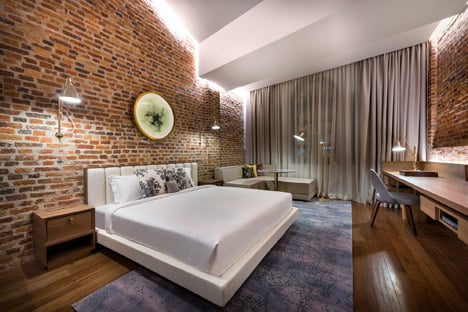
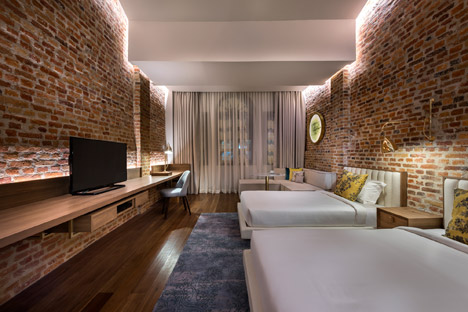
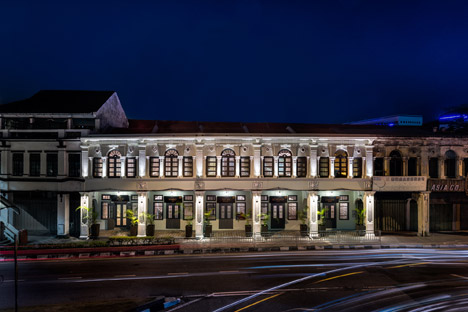


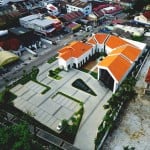
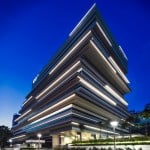
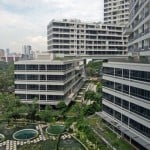

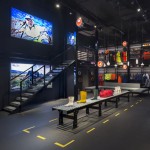
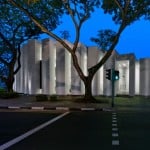
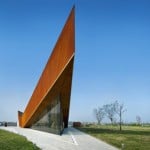

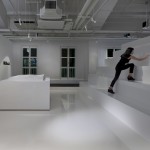

No comments:
Post a Comment